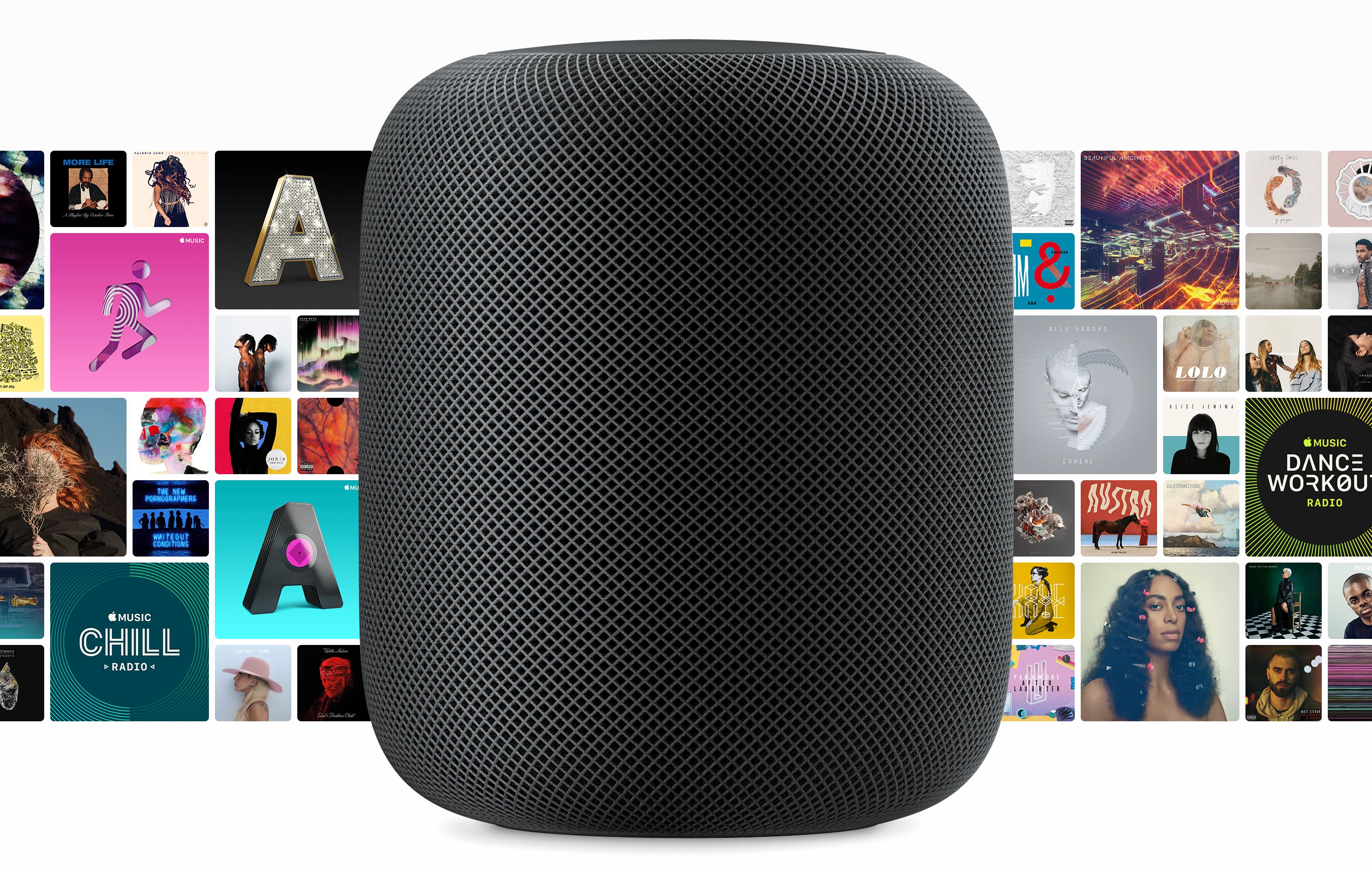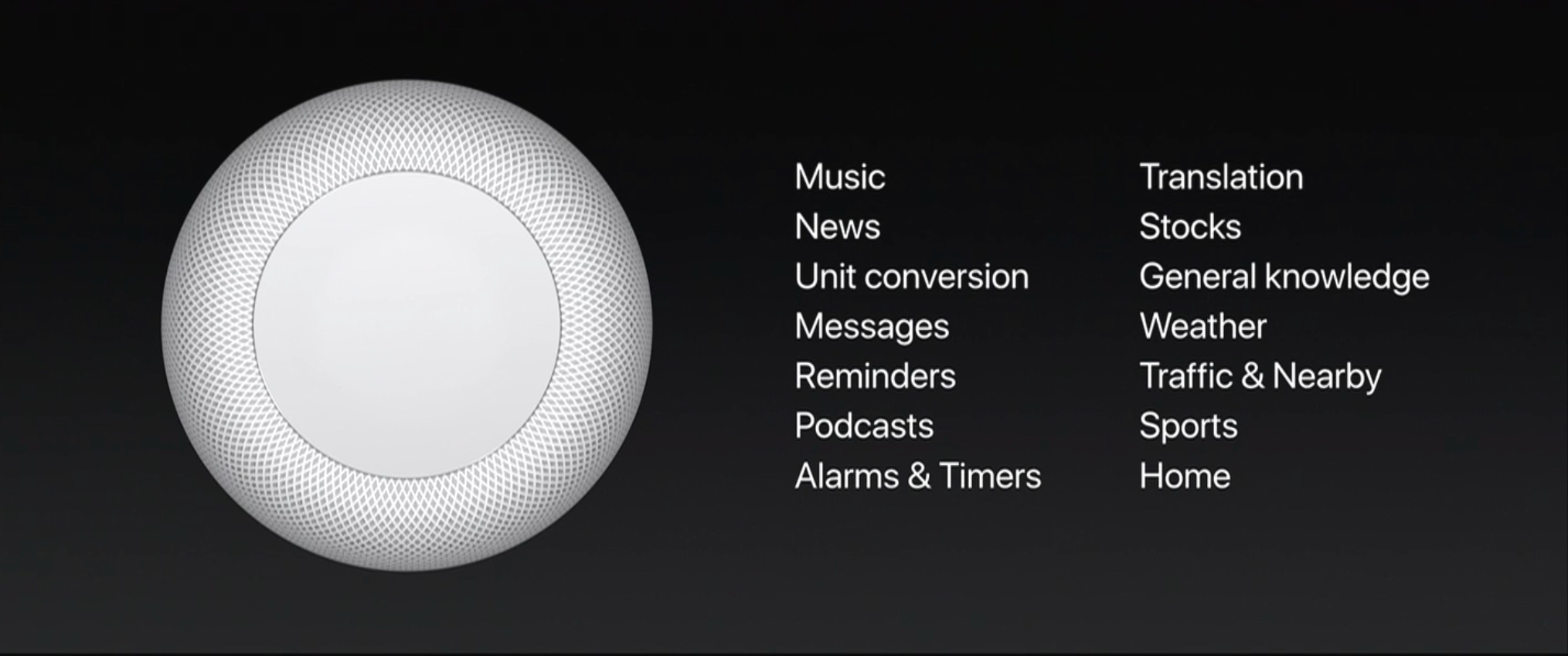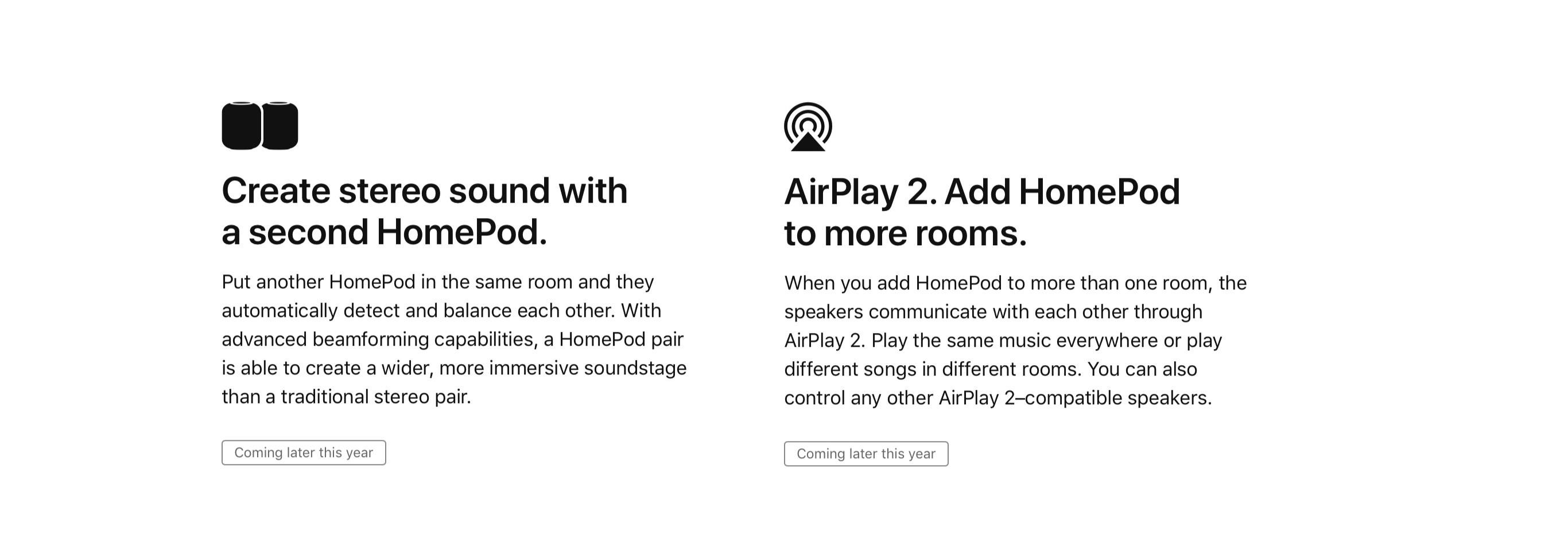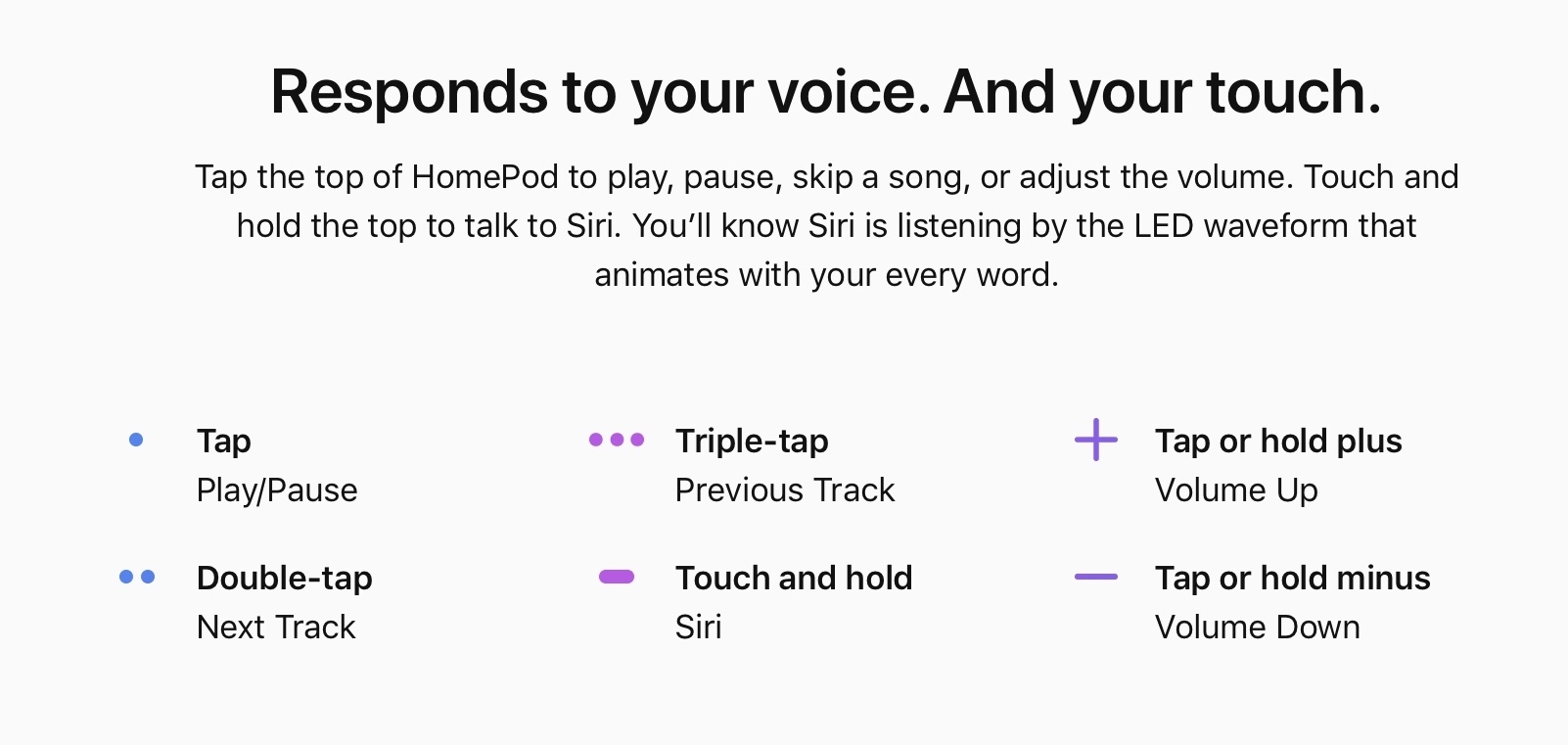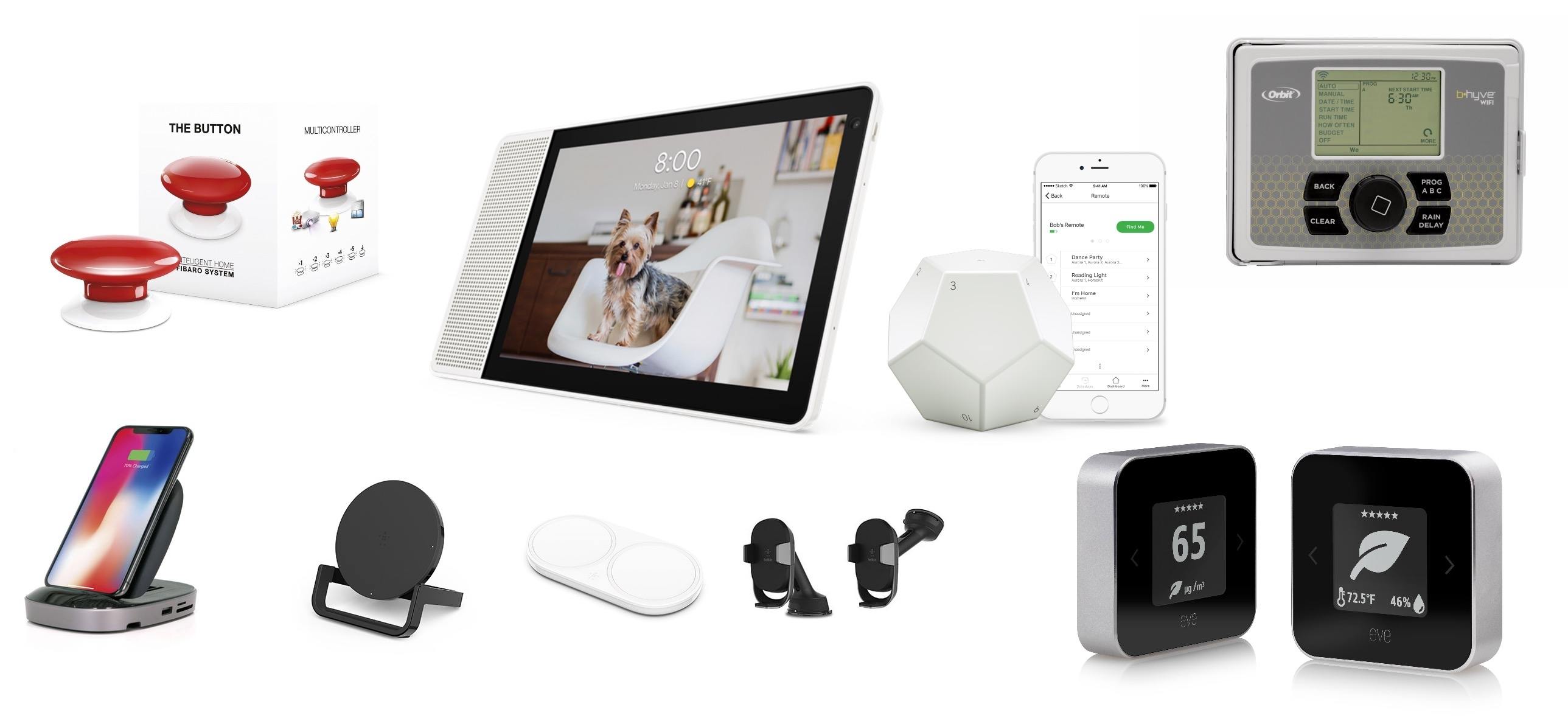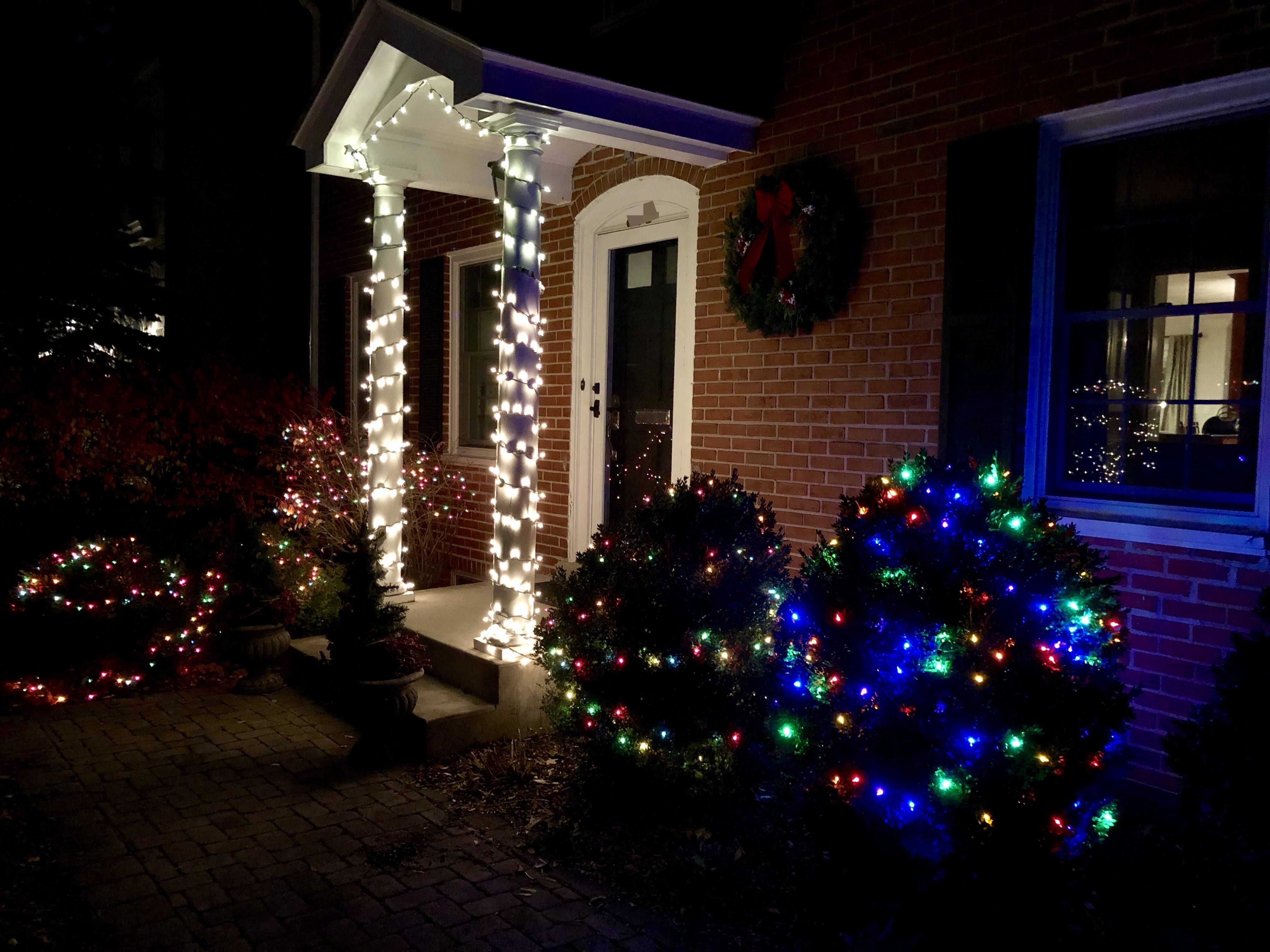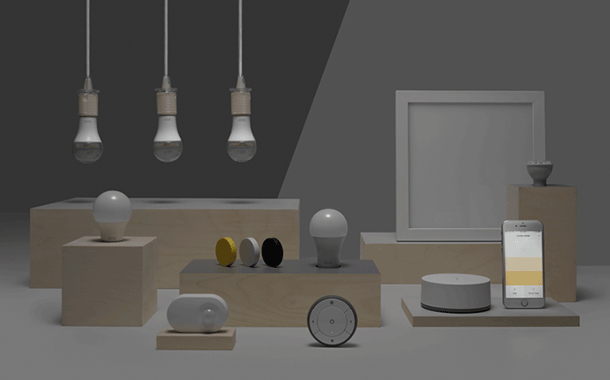I first covered Aaaron Pearce’s Homecam app last week, noting how this is the app you need to have if you own multiple HomeKit cameras and want a dashboard to monitor them all at once.
I wrote:
Homecam displays a live grid of all the HomeKit-enabled cameras in your house. That’s it. Instead of having to look for cameras in specific rooms or at the bottom of the main accessories list in Apple’s Home app, you can launch HomeCam and see them all at once. Then, you can tap on a camera to watch live footage in full-screen, and optionally add a camera to the Today widget as well. Soon, you’ll also be able to control accessories in the room where the camera is located.
Homecam’s widget is particularly impressive as it can also display live footage from each camera without having to load the main app – and it works both over WiFi and with remote access on cellular connections. I can’t recommend Homecam enough if you own multiple HomeKit cameras and have been looking for a quick way to switch between them.
While my story focused on iOS, Homecam is also available on the Apple TV, where it takes advantage of the big screen to let you keep an eye on even bigger real-time video feeds from HomeKit cameras around the house. And today, Homecam for tvOS received a substantial update with a feature I hope Pearce will soon bring to the iOS version as well: room-based accessory details and controls.
In the new Homecam for Apple TV, you can long-press on the Siri Remote to bring up a menu that lists controls for sensors, switches, and lights located in the same room as the camera. This allows you to, say, monitor your sleeping baby and progressively dim the lights, or remotely check on the state of any appliance connected to a smart plug. In addition, Homecam can now pull in details from sensors (for temperature, humidity, and air quality) and overlay them on the full-screen video, so you can see what the temperature is, turn the fan off, and visually confirm that it worked.
I’ve been testing this Homecam update for the past couple of days, and, while I continue to fundamentally dislike the Siri Remote’s fiddly touchpad, it was fun to watch the dogs sleep on the sofa and wake them up by changing the color of the lights or turning the TV on and off (yes, we did apologize to them with treats afterwards). Pairing a live video feed from a HomeKit camera with data layers and controls from the same room makes perfect sense, and I hope this feature makes it to the iOS app soon.
Homecam for iOS and tvOS is available on the App Store at $4.99.


